|
Since about 2 years I am coordinating this community engagement effort with an amazing team. Please check out the dedicated Data Challenge website (which I created and maintain). The Nancy Grace Roman Space Telescope (Roman, formally WFIRST) Exoplanet Imaging Data Challenge and Tutorial Suite are for exoplanet scientists who are interested in learning the art and science of high contrast imaging of exoplanetary systems. Roman's Coronagraph Instrument (formally CGI), with a possible Starshade rendezvous, is the only exoplanet imaging instrument planned for flight in the next decade. The Data Challenge material was an excellent way to become familiar with the intricacies of the first spaceborne high contrast exoplanet imaging mission, as a pathfinder to future flagship missions. The CHALLENGE is now OVER but please, see our Timeline, play with the Data, check our Tutorial, Events and "Final Jamboree" videos with the winners/prizes! On April 30th, we had organized a 3 ½ hour "Final Jamboree" event, we presented the challenge, its organization, summarized how the data were simulated and showed our in-house analysis for planet c.
We explained which metrics were applied to the participants' entries to rank them. Finally, we announced the winners/prizes and discussed the lessons learned, the the legacy tutorial as well as heard the 3 finalist teams give their feedback!
0 Comments
Attending Blake Pantoja's PhD defense remotely (happening at the Universidad de Chile's Cero Calan) from my office @STScI.
I am very proud and happy to have co-directed Blake's thesis with James Jenkins and sorry not being able to attend in person! His thesis work started when I was working at ESO. Blake was awarded the competitive ESO PhD studentship for a year. He learned all the intricacies of high contrast, direct imaging. Together we made preliminary tests and analysis of a fast pace star hopping with VLT/SPHERE. "SAFARI: Bridging the Gap Between Radial Velocities and Direct Imaging". 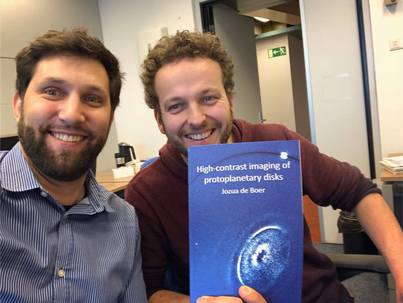 So happy and proud for Jos (Jozua de Boer), my first PhD student who Yesterday defended a magnificent thesis (the blue book about "high contrast imaging of protoplanetary disks") in Leiden. We first met in 2012 and we "grew academically" together, me as ESO scientist and co-promotor (together with Prof.Dr Christoph Keller) and him as a student astronomer and now postdoc. I’m glad I could make it. PhD defenses in the Netherlands are really great. He gave a public talk in Dutch, and answered tough questions from a bunch of professors that looked as if they came out straight from the Hogwarts School of Witchcraft and Wizardry. It was a thrill to be sitting among them. Congratulations Dr de Boer and to the growing family!!! 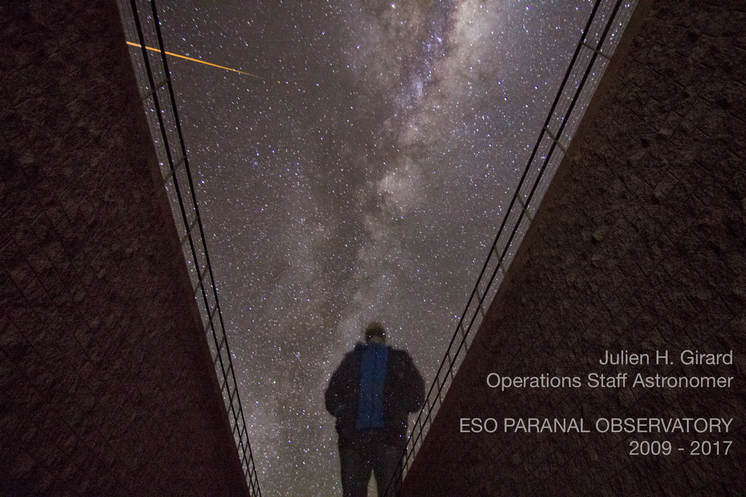 That’s it, it’s my last -nine hundredth or so - night on Paranal, my shift number 106 (I think), in the Atacama desert in the North of Chile. At least it is the last of that chunk of lifetime. I may come back but things will be very different. I grew a lot, I am happy to leave, sad to turn this page. I will miss it so much. During these last days and nights I saw all the stuff that I like about this place. I saw deep structures in the milky way on a moonless night, I saw the Scorpion, the Southern Cross, the Magellanic clouds, red and blue stars, meteors. I also got to see this little fox, delicate living creature of this super dry landscape. I saw green stones tinted by olivine, pink and psychedelic clouds at sunset, I saw the 4 yellow lasers coming out strongly out of UT4. I saw the flattened top of Cerro Armazones, ESO’s main focus of the next 30 to 50 years, I saw the tall and distant Llullaillaco and the now very snowy Andes towards the East. I saw computer screens, lots of them, looked at all kinds of scientific displays. I took part of a small discovery with SPHERE and helped out with NACO, the two instruments that made me instrument scientist and grow professionally. I solved a few issues, I closed a few tickets, I called colleagues on the radio and drove a couple meetings. I got mad, I do. I showed Paranal to a friend and welcomed back Jos, my first PhD student who came back as an experienced visitor. I had interesting, sometimes intense discussions with colleagues and visitors, I ate the food, cracked some jokes, spoke Spanish, English and French equally often. I took pictures, can’t help it and I slept too little, as always. I remembered the good times, the wonderful colleagues that have left before me or who aren’t here at the moment. I also remembered the very first day I stepped the floor of the Residencia, or the control room, the first time I ran/walked up the Star Track. I slept in the plane, in the bus, spoke to the family on Skype, I rushed and procrastinated at times. I made not so unrealistic to-do lists. Paranal is all that and more, impalpable and complex feelings of ambivalence, of beauty, intellectual sparks and social misery. Paranal is a human adventure and often a story of loneliness. Paranal is a Science spaceship in the desert with an amazing group of individuals working together, to deliver to the astronomical community. My life as an “AstroMonk” is taking a turn only time will reveal how rich it was, how much I miss it, how much I was family-starved yet privileged to live and work in such a place, play with these fantastic , giant toys. I must let go, I must say good bye and see you next time to the ground based astronomical operations I have so much affection for. Thank you ESO for this opportunity of a lifetime. Thank you all my colleagues, "you are the stars", literally. Thank you my family for putting up with my hectic schedule, my moods an my relative uselessness at home when I came back tired, stressed or both. Thank you to the restaurant, cleaning, maintenance and logistics personnel who put up with m…f...ers like us all the time. You made my time here so much easier and pleasant. |
Categories
All
Archives
July 2022
|
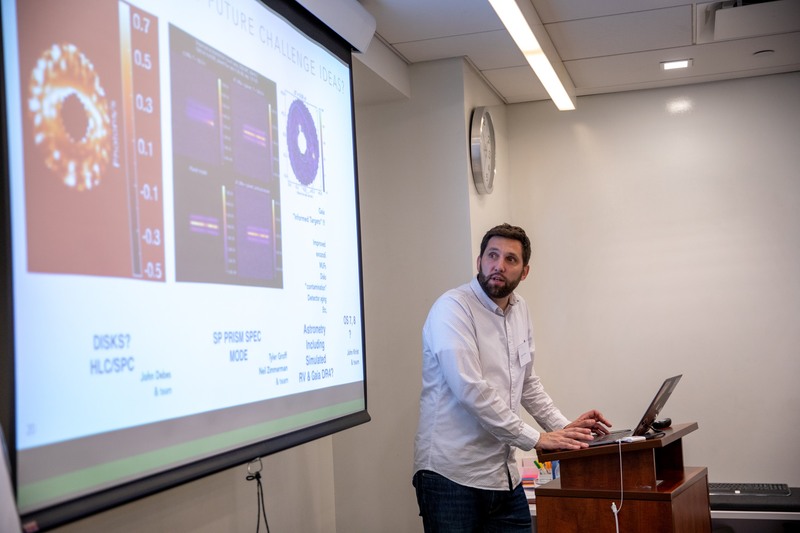
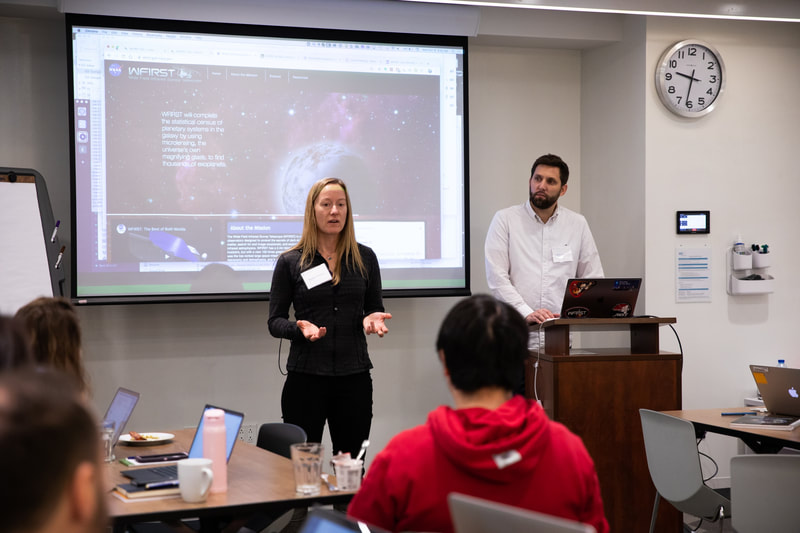
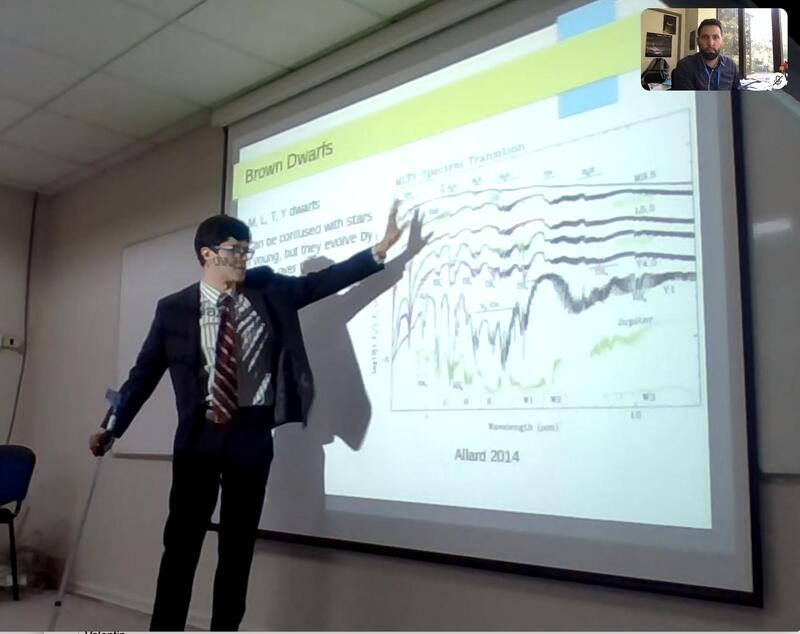
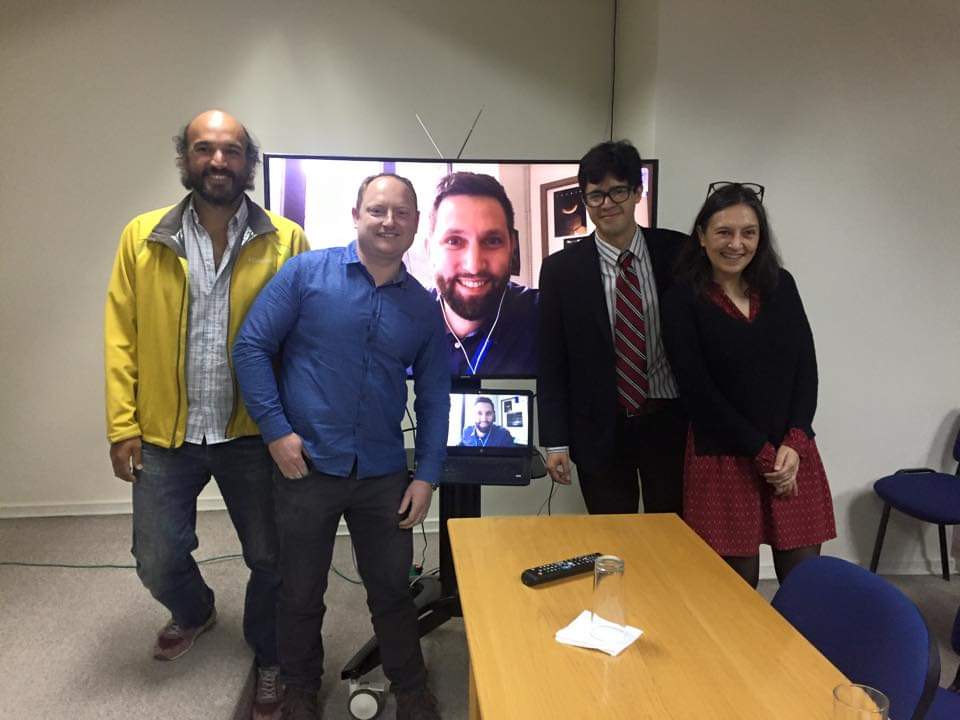
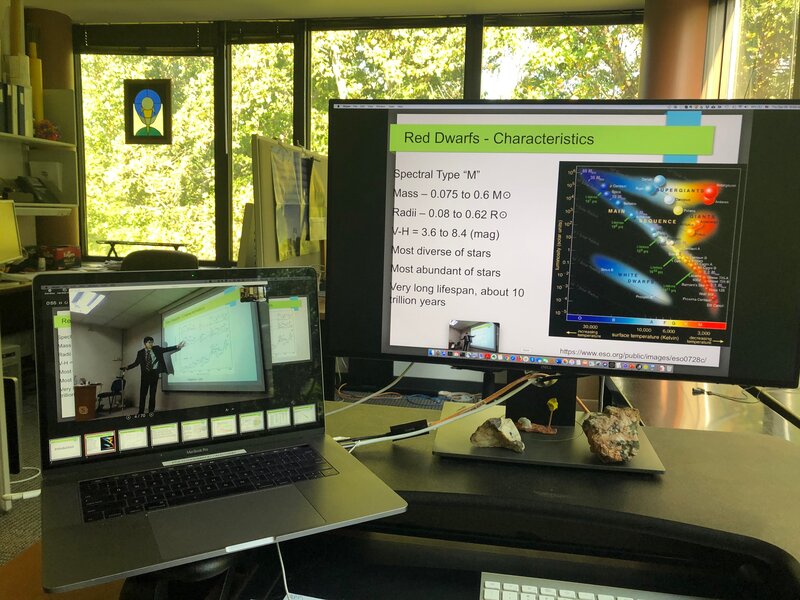
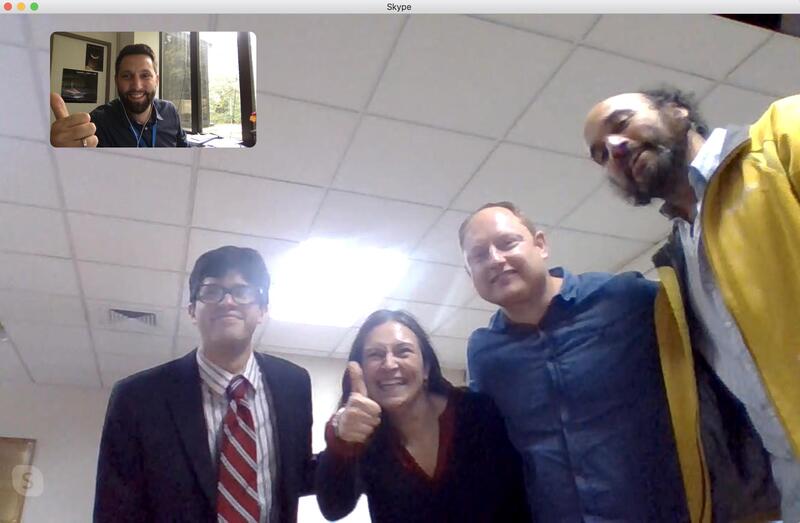
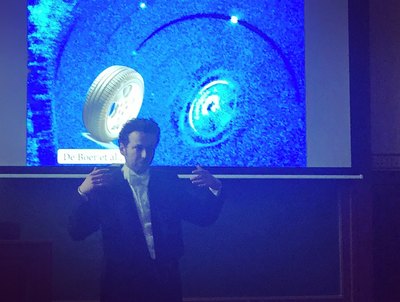
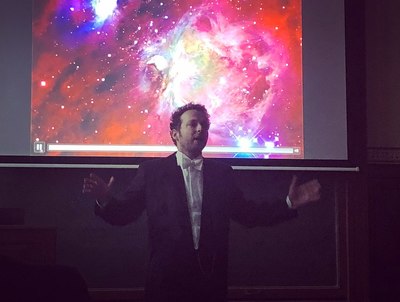
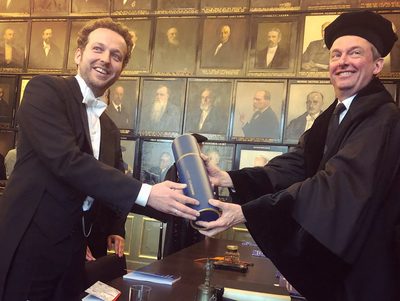
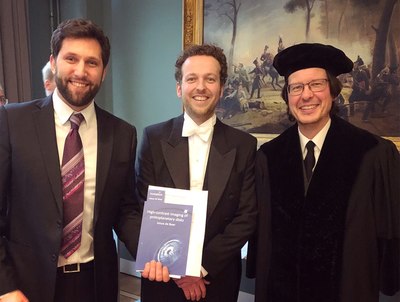
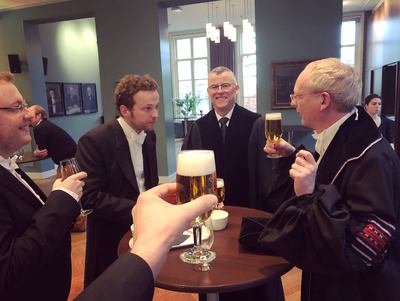
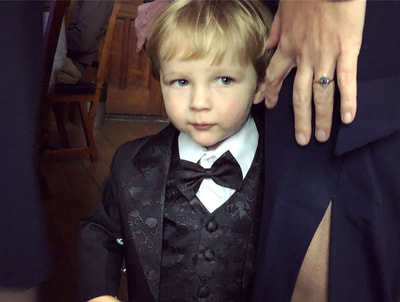
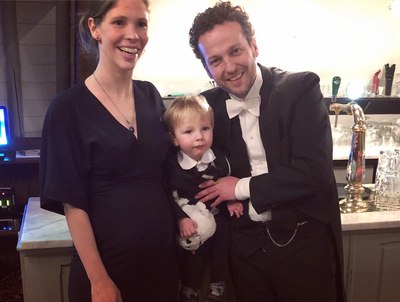
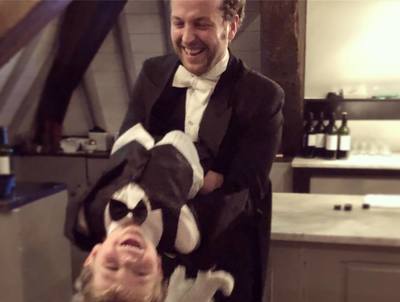
 RSS Feed
RSS Feed
